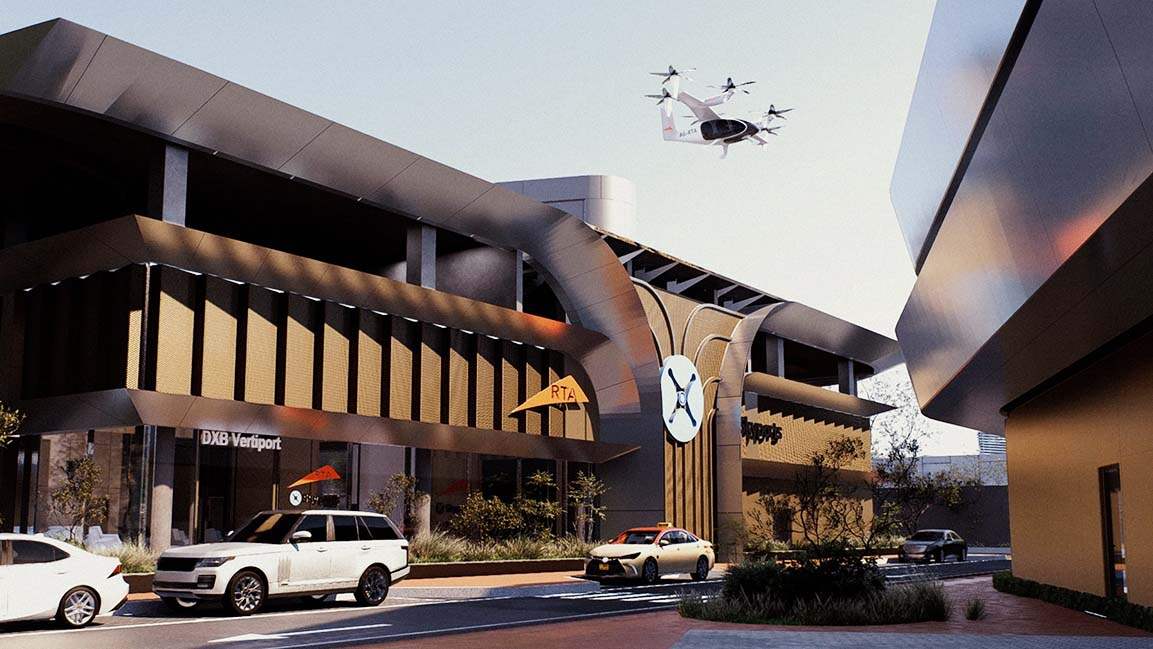- | 11:00 am
What’s driving e-commerce growth in the MENA region?
According to a new report, the industry is expanding due to the increase in internet usage, the popularity of digital payment platforms, and online grocery shopping.

E-commerce in the Middle East and North Africa (MENA) has reached a high-growth era, with significant progress in sales, logistics, and payments. The e-commerce market reached nearly $37 billion in 2022, according to a report by EZDubai. And the figure is expected to reach almost $57 billion by 2026 at a compound annual growth rate of 11%.
The study noted that the expansion in the industry comes due to the increase in internet usage, the popularity of digital payment platforms, online grocery shopping, and the growing technology sector activities.
The study, conducted in collaboration with Euromonitor International, found that the MENA countries’ developed infrastructure, encouraging policies, and economic stability, as well as investments in technology to meet the needs of a young, tech-savvy population, were key factors in the region’s rapid development of its digital landscape.
The two largest economies, Saudi Arabia, the UAE, and Israel, accounted for more than 72% of the global e-commerce market. The report stated that the rapid economic growth of these nations was linked to their highly technologically advanced populace, high rates of internet usage, and sound public finances.
“The MENA region’s e-commerce industry has experienced rapid growth in recent years, driven by a combination of factors, such as increasing internet and mobile penetration, rising consumer demand for convenience and value, and the emergence of innovative business models,” said Mohsen Ahmad, chief executive of Dubai South Logistics District.
The survey claims that businesses in the UAE utilize dark stores, typically physical locations utilized as warehouses for fulfillment operations, to simplify inventory management and offer delivery.
Saudi Arabia, however, has improved its performance in the e-commerce industry by leveraging its expanding population, technological developments, and the creation of safe payment methods.
Israel also witnessed a rise in the demand for quick delivery services propelling its e-commerce sector, the EZDubai research stated.
According to projections, e-commerce sales in Saudi Arabia, the UAE, and Israel will total $11.98 billion, $11.78 billion, and $7.55 billion, respectively, in 2023.
“The demand for online shopping services in the MENA region is expected to continue growing,” said Engy Naguib, senior engagement manager for MENA at Euromonitor International.
“To sustain growth, e-commerce players should prioritize the personalization of the online experience, adopt an omnichannel approach and improve last-mile delivery services,” Naguib added.

































